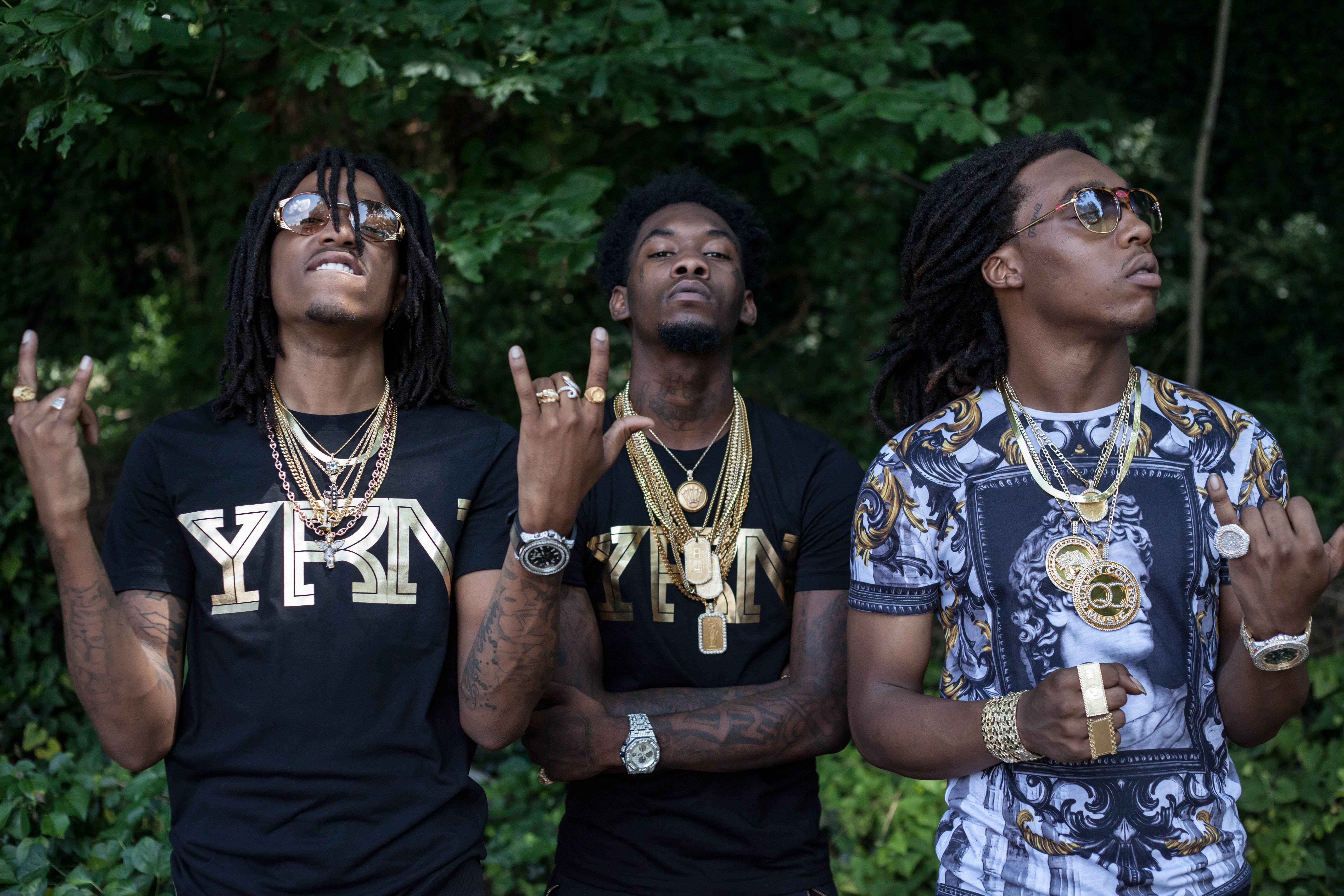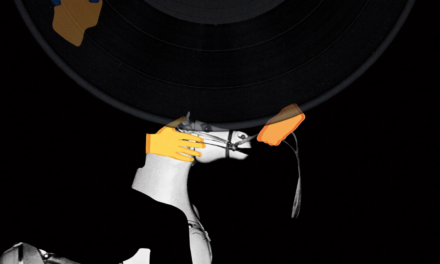On a sunny Saturday afternoon in late August, while waiting for my clothes to finish drying in the stuffy Thomas Hall laundry room, I heard Migos’s last single of 2016 for the first time. And I almost cried.
Gasping in awe at the gorgeous euphony — produced by none other than Metro Boomin’ — gliding into my ears, I thought: “Bad and Boujee!” A wide smile was spread across my face. “What a song!” Immediately, I forwarded the link to a few of my friends, a couple of my professors and my grandma. Sure enough, they, too, thought it was fire. Did you react similarly when you heard “Bad and Boujee” for the first time? Did an icy chill trickle down your spine when the beat dropped? Was it more magical than Disney making a movie about David Copperfield? More refreshing than a day when the DUC offers decent food?
Of course it was. Migos’ last single of 2016 is surely one of the best mainstream hip-hop songs of the decade, as evidenced by its platinum status. But what about it is so great? What about Travis Scott’s “Pick Up The Phone,” Amine’s “Caroline” or Chance the Rapper’s “No Problem” make them so listenable, so memorable, so fashionable?
I’ve been thinking about this ever since that day in the Thomas Hall laundry room, and I say that the condition of hip-hop is, for better or for worse, far more concerned with stylishness than meaning and artful expression. Mainstream hip-hop is a counterculture against the hip-hop of the 80s and 90s. And it isn’t without its imperfections; take a not-so-hard look at hip-hop and you’ll find that it’s stricken with blatant sexism and an indifference to social issues that is new to the culture and to the genre. In light of these blemishes, however, hip-hop culture is still celebrated. Have we stopped yet to ask ourselves why?
Before we dissect the facets of new-school rap, let’s first define terms: what’s hip-hop?
Well, technically and historically speaking, it’s a lot of things — four, to be exact (per 70s MC and DJ Afrikaa Bambaataa, the guy who basically invented hip-hop culture): DJing, breakdancing, graffiti art and, last but not least, rapping. What’s that, you ask? Aren’t “rap” and “hip-hop” one in the same? Plainly, no. In the words of the late-80s Bronx MC KRS-One, “Rap is something you do, hip-hop is something you live.” So, hip-hop encompasses a specific urban culture which, after ripening in the inner-cities of New York and Southern California, continues to flourish in New York, Philadelphia, SoCal and (most importantly), Atlanta. Rap is one facet of that culture.
The distinction continues to fade with time, though, as the other three components of hip-hop vanish from popular culture. The trendy rap music of the 2010s bears little resemblance to the sounds of Snoop Dogg, Rakim, Outkast and other proto-millennial artists. What changed? Why are all of the hottest rap songs glorified braggadocios with little to no profundity?
At some point, hip-hop music underwent a slow but steady shift in focus from lyricism and reverberating protest to style, aesthetics and a cocky grandeur. Modern hip-hop’s emphasis on all-up-in-your-face luxury, fun and consequence-free hedonism made it more marketable to an already materialistic America.
So, at some point in the past decade or two, rap music came into vogue. Today, people of all races celebrate and partake in hip-hop culture (or at least think that they do). Hip-hop used to do a pretty good job of projecting the sentiments of the people listening to it, but I hope that isn’t still the case. If it is, then we hip-hop-heads are alarmingly preoccupied with having as many sexual partners as possible while being as intoxicated as possible. Artists hardly seem to care whether their songs are meaningful as long as their songs turn into megahits. Moreover, hip-hop can be uncomfortably sexist, though we really don’t want to admit it. Outside of the realm of sappy Drake songs, women are not exactly celebrated (women and men alike accept the description of women as “b****es” and “h**s” as a norm within the genre).
Something as sweet as music has no place for sexism. Why is it so entrenched in hip-hop? In a genre dominated by men, sexism is easy to find. It’s a by-product of male-dominated culture, and the more we ignore, deny or defend it, the more deeply it’ll root itself in hip-hop. We ought not to tolerate this misogyny in hip-hop any longer: it’s disheartening and ineffectual. If you choose to remain indifferent towards it, you are choosing to embrace it.
Sadly, a lot of artists have already done the latter. The thing about music is that there aren’t just a few great artists who represent a generation: all artists represent the generation they come from, even the particularly sexist ones. We cannot pick and choose which musicians we want to represent us. All of today’s hip-hop music is indicative of its general state.
That being said, I ask again: What about it is so great? What is the condition of hip-hop?
Hip-hop is great in that anyone can listen to and enjoy it, but not everyone can understand it (I mean that in the literal sense, too — it takes a trained ear to be able to understand what Young Thug is saying). It’s great because artists present a wide spectrum of sounds and attitudes, but still represent it all the same. Lil Yachty and Future have radically different styles, but one would be unwise to say that one artist represents hip-hop culture more than the other.
While hip-hop does come with flaws, it is important to remember that it is an an ever-developing movement. Hopefully, with more time and awareness, the kinks will work themselves out. Hip-hop is the genre of the inner-cities, of youth and the black community; for as long as the inner-cities struggle, as long as the youth of America demands the world’s attention and recognition and as long as blacks keep doin’ our damn thing, I think that hip-hop will remain at the crux of American culture.






